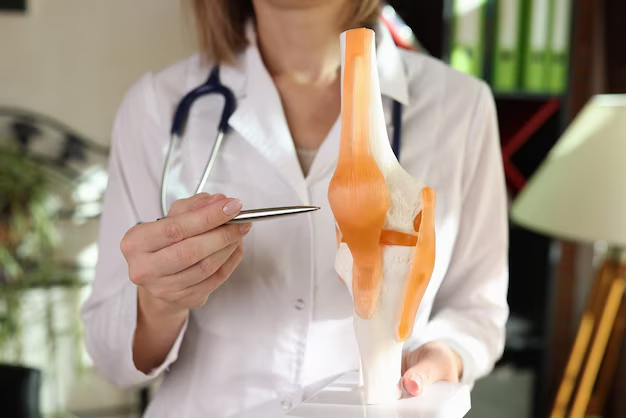Is There a Cure for Osteoporosis? Here's the Truth You Need to Know
Osteoporosis, a condition characterized by weak and brittle bones, affects millions worldwide. Its silent progression can lead to debilitating fractures, primarily in the hips, spine, and wrists. But is there a cure for osteoporosis? Unfortunately, the short answer is no. While osteoporosis cannot be completely cured, it certainly can be managed and its progression can be slowed down or even halted with the right strategies.
Understanding Osteoporosis
Osteoporosis occurs when the creation of new bone doesn't keep pace with the removal of old bone. Factors such as aging, hormonal changes, and deficiencies in calcium or vitamin D often contribute to this imbalance. This means that bones lose density and become more prone to fractures.
Managing Osteoporosis Effectively
Though a permanent cure remains elusive, there are several effective treatment options and lifestyle changes that can help manage the condition and improve quality of life:
- Medications: Bisphosphonates, hormone-related therapies, and other medications can strengthen bones and reduce fracture risks.
- Lifestyle Adjustments: Ensuring a diet rich in calcium and vitamin D, alongside regular weight-bearing and muscle-strengthening exercises, can support bone health.
- Fall Prevention: Making a home safer by eliminating tripping hazards and installing handrails can reduce the risk of falls and fractures.
Exploring Financial Options for Osteoporosis Management
Treatment and lifestyle modifications can be costly, which is where financial assistance comes in. Whether it's ensuring consistent access to medication or investing in home safety modifications, there are resources to help manage these expenses.
Government and Non-Profit Assistance
Various programs can help alleviate the financial burden associated with osteoporosis management:
- Medicare and Medicaid: These programs may cover certain osteoporosis medications and treatments, depending on eligibility.
- State Programs: Some states offer specific medical assistance programs for those who do not qualify for national programs but still need aid.
- Non-Profit Support: Organizations such as the National Osteoporosis Foundation offer resources and information to help patients find financial aid.
Beyond Management: Educational Opportunities
Investing in thorough knowledge about osteoporosis can empower patients to take charge of their health:
- Community Workshops: Many hospitals and clinics offer workshops where individuals can learn about maintaining bone health.
- Online Courses: Free and low-cost courses are available online, focusing on nutrition, exercise, and diet planning designed specifically to combat osteoporosis.
Financial Support Tools at a Glance
Below is a helpful summary of financial and educational resources that can support individuals living with osteoporosis:
- 🏛 Medicare/Medicaid: Federal programs that cover costs associated with treatments and medications.
- 🏠 Home Modification Grants: Assistance for making necessary safety upgrades to reduce fall risk.
- 📚 Educational Workshops: Local or online programs that teach bone health and preventive measures.
- 🤝 Non-Profit Aid: Support from organizations dedicated to osteoporosis awareness and assistance.
- 💳 Credit Solutions for Health Costs: Low-interest loans or credit programs designed for medical needs.
Managing osteoporosis is a lifelong journey, but with the right care, resources, and financial tools, individuals can lead active, fulfilling lives. By utilizing available assistance and staying informed, the path to effective management becomes clear and achievable.

Related Topics
- a Nurse Is Caring For a Client Who Has Osteoporosis.
- a Percutaneous Is Performed To Treat Osteoporosis Related Compression Fractures
- Can Alcohol Cause Osteoporosis
- Can I Do Pilates If I Have Osteoporosis
- Can I Reverse Osteoporosis
- Can Men Get Osteoporosis
- Can Osteoporosis Affect Teeth
- Can Osteoporosis Be Painful
- Can Osteoporosis Be Reversed
- Can Osteoporosis Cause Back Pain